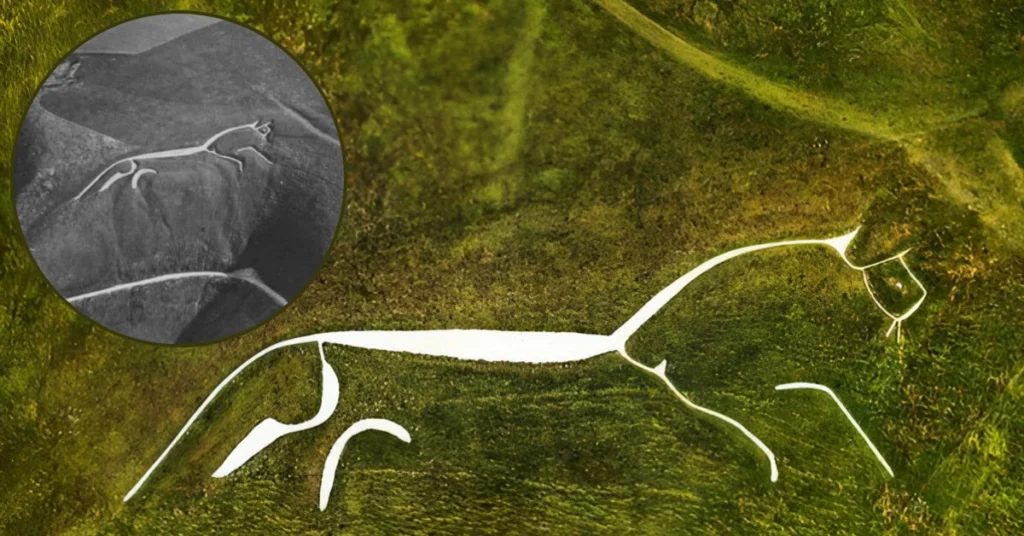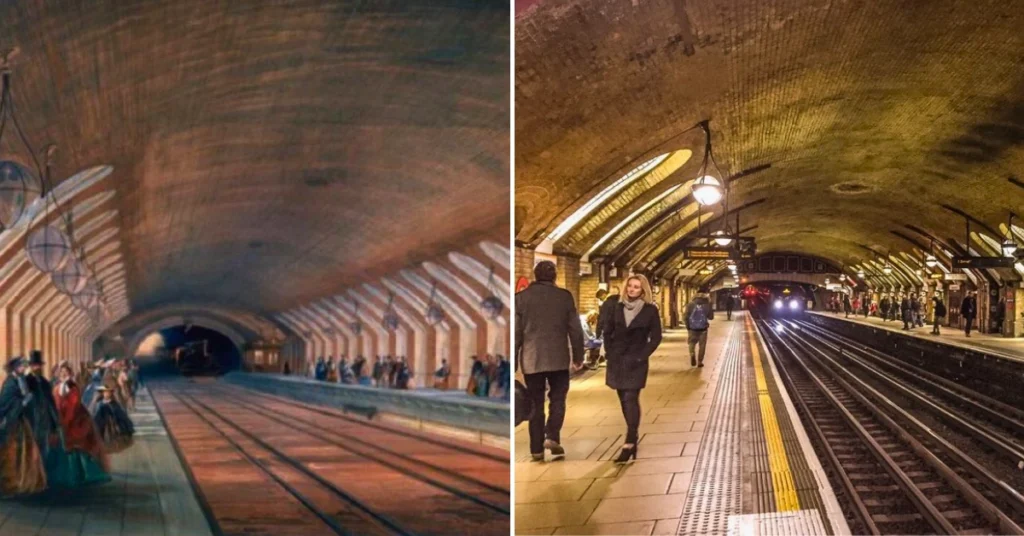Nestled beneath the bustling streets of Bristol lies a hidden gem of history and engineering marvel—the Clifton Rocks Railway. Once a vibrant underground funicular railway, this historic landmark has witnessed the ebb and flow of time, serving diverse purposes from transportation to wartime refuge.
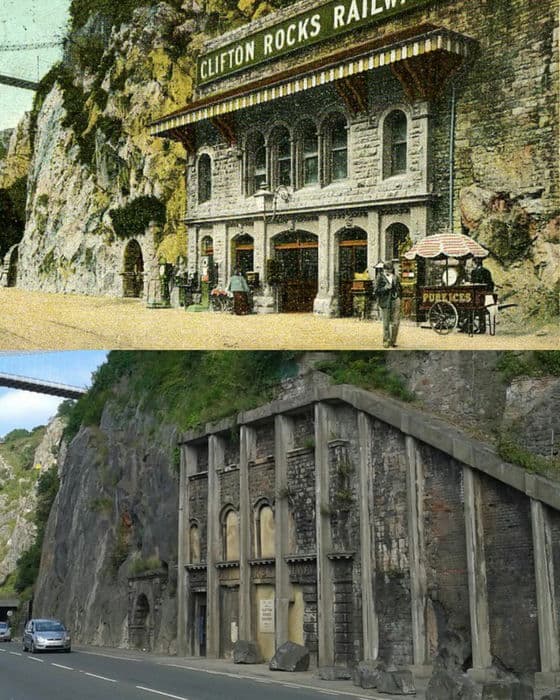
Exploring the Clifton Rocks Railway:
- Funicular Railway Marvel: Step into the past as you discover the remnants of the Clifton Rocks Railway, a testament to Victorian ingenuity and ambition. Despite its closure nearly 90 years ago, the railway’s tunnel and stations still stand, echoing tales of its bygone era.
- World War II Transformations: Delve into the wartime history of the railway, transformed into a vital air-raid shelter and transmission base for the BBC during the Second World War. Experience the resilience of the human spirit amidst the chaos of conflict, as this subterranean space offered refuge and continuity amid uncertainty.
- BBC Symphony Orchestra’s Audacious Act: Learn about the eccentric yet audacious decision of the BBC Symphony Orchestra to test the acoustics of the railway tunnel, ensuring that even amidst wartime exigencies, the pursuit of artistic excellence persevered.
- Post-War Legacy: Explore the post-war legacy of the Clifton Rocks Railway, as it transitioned from wartime refuge to potential redevelopment. Despite numerous proposals for conversion, the railway remains a captivating relic, captivating the imagination of visitors and historians alike.
- Guided Tours and Bristol Open Doors Event: Immerse yourself in the captivating narratives of the Clifton Rocks Railway through guided tours led by passionate volunteers. Experience firsthand the railway’s journey from prosperity to obscurity, and discover its enduring charm during Bristol Open Doors Event.
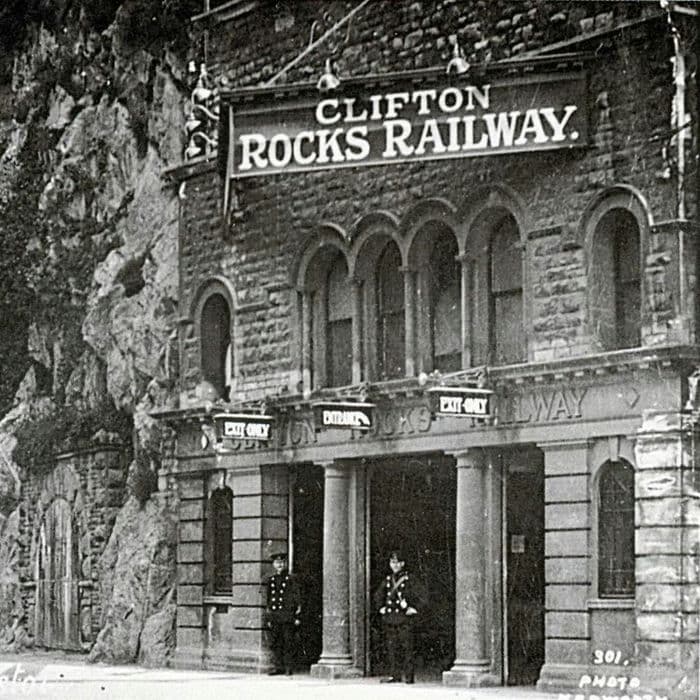
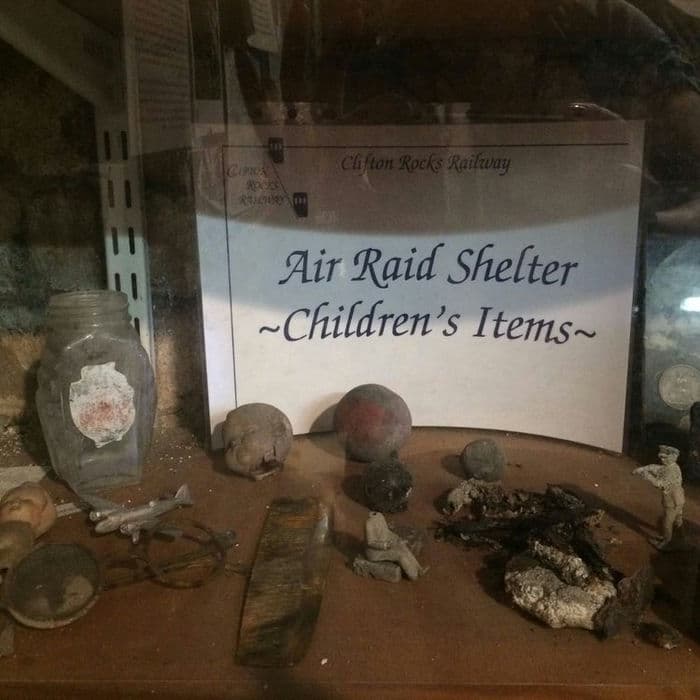
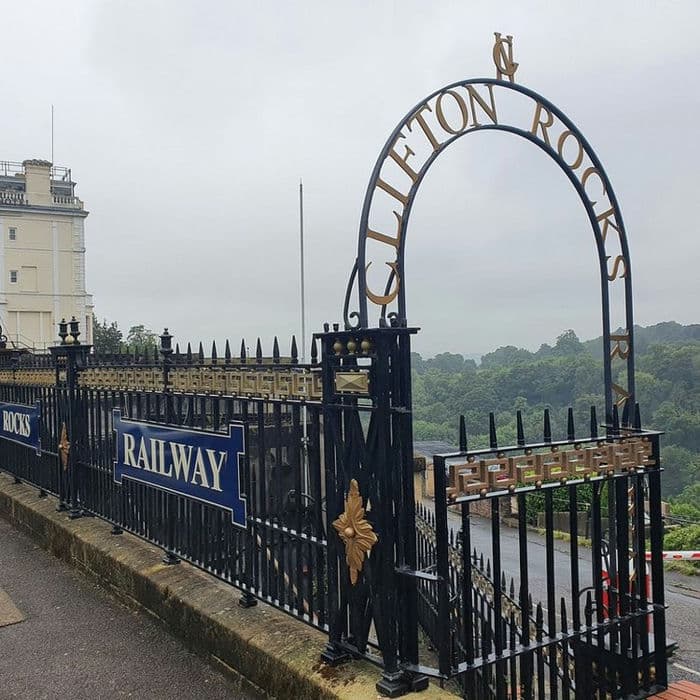
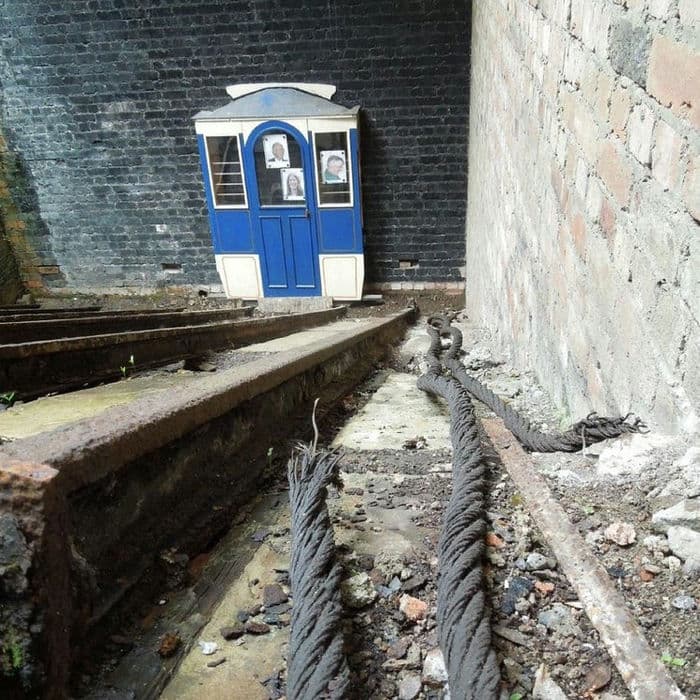
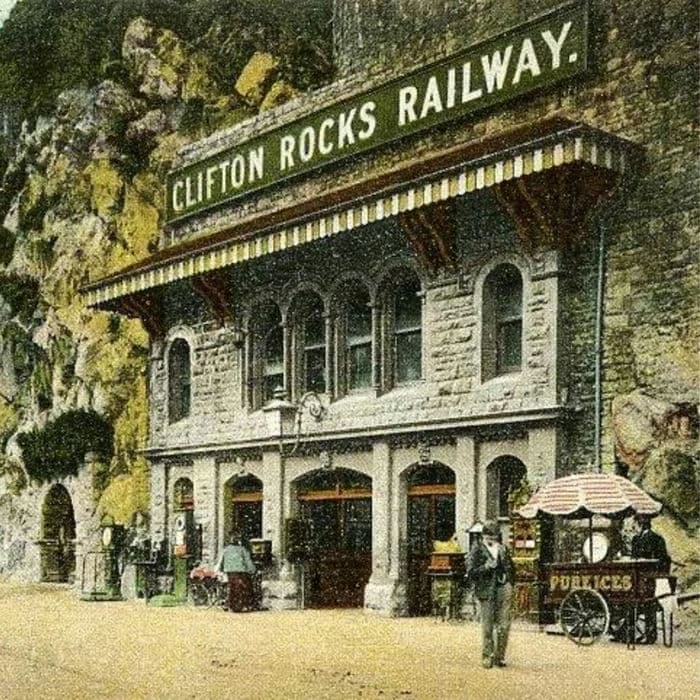
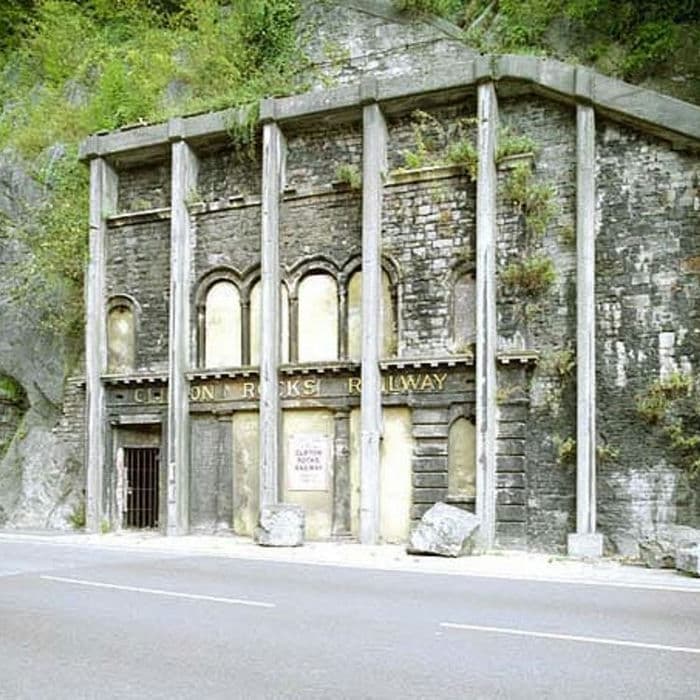
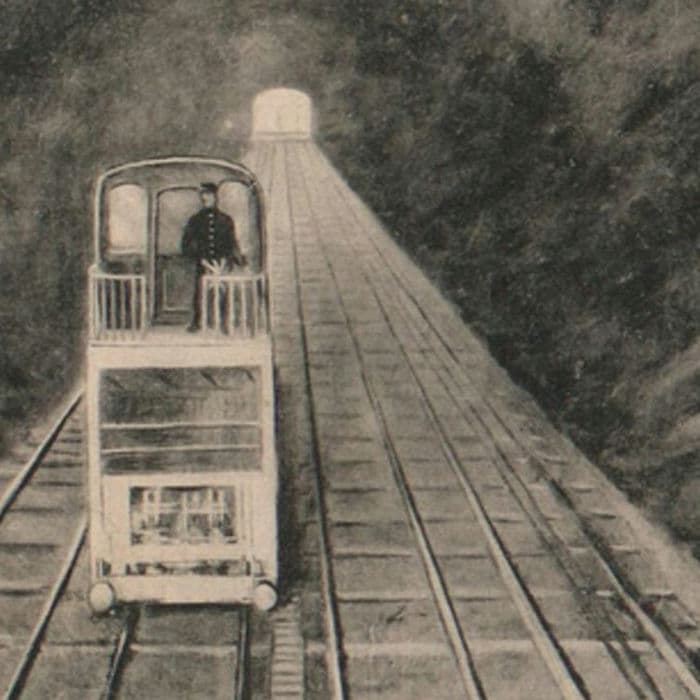
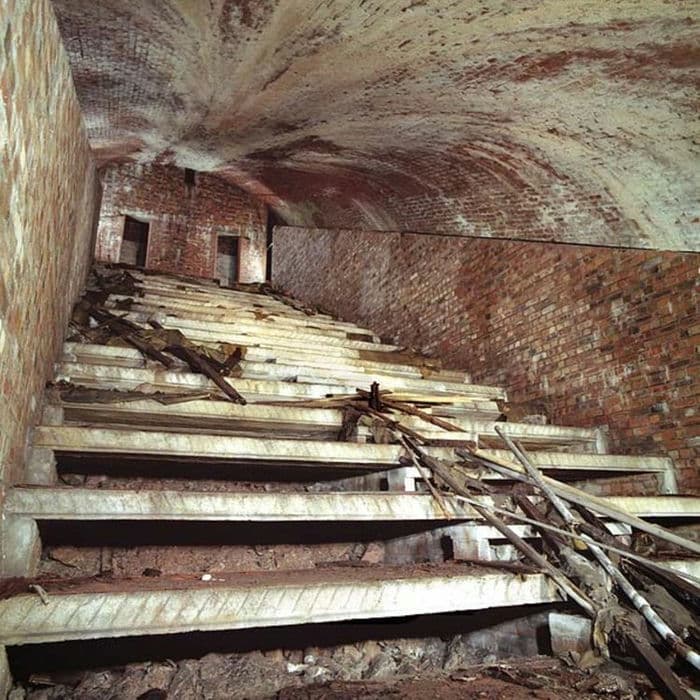
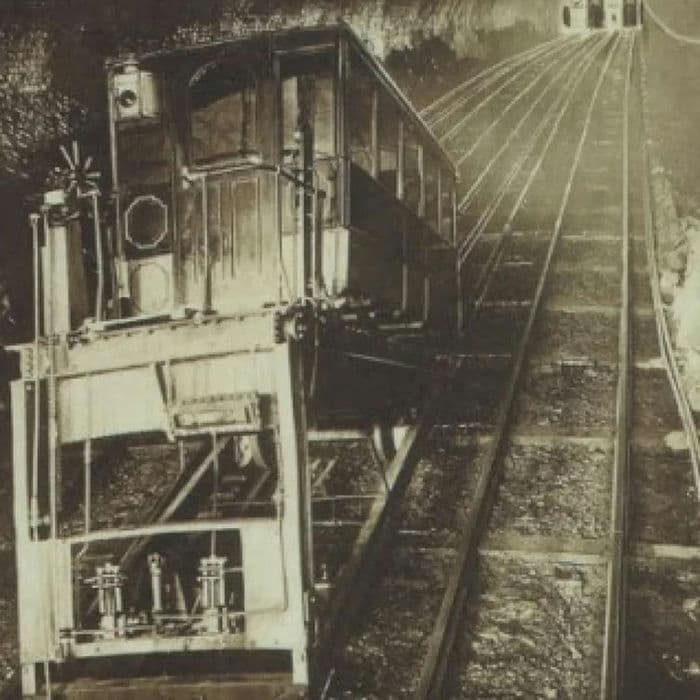
FAQs about the Clifton Rocks Railway:
- What was the original purpose of the Clifton Rocks Railway?
The Clifton Rocks Railway was initially constructed as an underground funicular railway, connecting Clifton atop the Avon Gorge to Hotwells and Bristol Harbour below. - How was the railway utilized during World War II?
During World War II, the railway served as an air-raid shelter, transmission base for the BBC, and offices for BOAC, showcasing its adaptability and resilience during wartime exigencies. - What was the significance of the BBC Symphony Orchestra’s visit to the railway tunnel?
The visit of the BBC Symphony Orchestra to the railway tunnel symbolized the unwavering commitment to artistic excellence, even amidst the uncertainties of war, highlighting the enduring spirit of creativity and innovation. - What is the current status of the Clifton Rocks Railway?
Today, the Clifton Rocks Railway remains a captivating relic of Bristol’s history, open to the public for guided tours during special events such as the Bristol Open Doors Event. - What do visitors say about their experience at the Clifton Rocks Railway?
Visitors praise the knowledgeable guides, engaging narratives, and immersive experience, making it a must-visit destination for history enthusiasts and curious explorers alike.
Plan Your Visit: Uncover the secrets of Bristol’s past and embark on a journey through time at the Clifton Rocks Railway. To learn more about guided tours and upcoming events, visit the railway at [address] and immerse yourself in the rich tapestry of history beneath the streets of Bristol.
